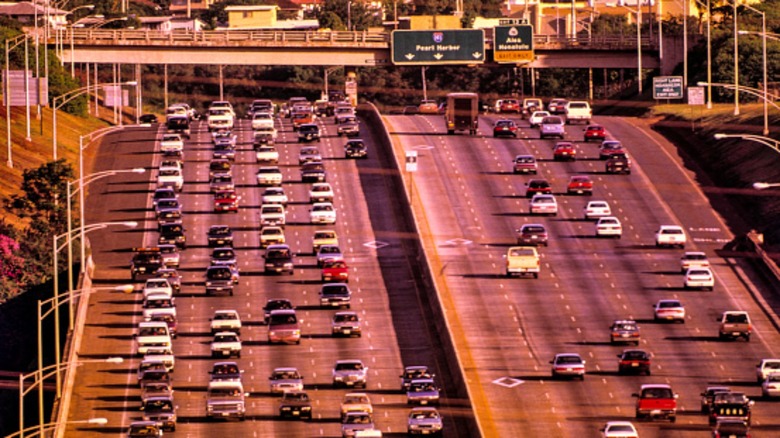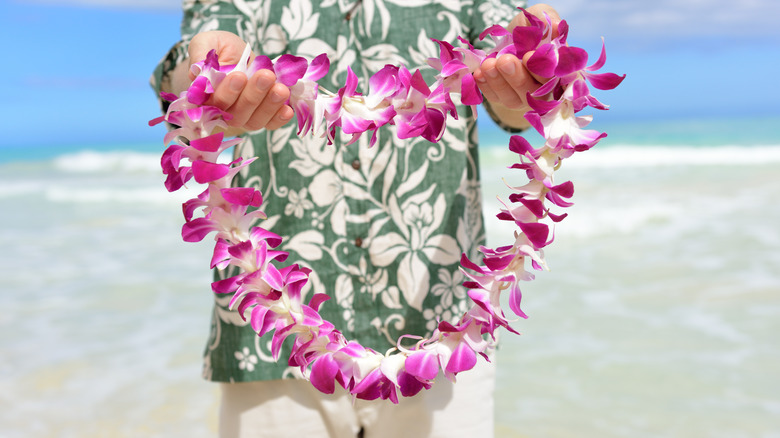Why Tourists Visiting Hawaii Should Really Avoid Honking A Car Horn
One of the biggest advantages of traveling is the chance to explore new cultures and different traditions. It's fascinating to see how people from different backgrounds can completely react or perceive the same things in an entirely different way.
Traveling to Hawaii is an exciting adventure that many people tend to have on their bucket lists. With its incredible beaches, tropical weather, and serene location, it is hard not to see the beauty that comes with visiting this fascinating destination. However, there are a few simple things that tourists should keep in mind before visiting Hawaii. One of which is honking a car horn is quite frowned upon due to the peaceful Hawaiian vibe, it is simply considered as rude and impatient. Respecting the culture is important when visiting a new place, and while this might be an unwritten rule, it will help tourists blend into the harmonious vibe that the Hawaiian local lifestyle is famous for.
Understanding the cultural significance of honking in Hawaii
The Aloha spirit is a huge part of the Hawaiian culture and how they choose to practice their everyday life. Aloha is more than just a greeting, it is a promise of kindness, mutual respect, and patience that completely represents the spirit and vibe of Hawaiians.
This spirit is a part of their culture and can be seen in everyday interactions, even when it comes to driving. The laid-back approach of locals is expected to be appreciated and returned. That's why honking a car can completely disrupt and go against everything this culture and spirit stands for. Seen as being impatient and even rude, it can be interpreted as an aggressive reaction rather than waiting patiently, giving others the kindness, respect, and understanding to take their time even while driving.
As a tourist, it is expected to embrace and respect the Aloha spirit to prevent disrupting the local vibe. But that doesn't mean it is forbidden or against the law, it just means that using a car horn should be kept for emergencies, rather than a simple response to traffic issues. In some cases, using a car horn can be used to greet a friend or say thank you.
Practical tips for driving in Hawaii as a tourist
Another of the driving norms that could seem unusual for tourists in Hawaii is that the "zipper" is not used — or the act of only allowing one car to pass at a time. Instead, locals typically let several cars go first. These unwritten driving laws promote harmony amongst locals to help maintain a peaceful, friendly vibe. Tourists who choose to visit the area should respect and abide by these driving norms.
The best way to do that is to get familiar with alternatives to honking when in Hawaii. Using polite, non-verbal cues are accepted such as waving or flickering the emergency lights when needed to communicate with other drivers. While it can make tourists furious when a car is moving slowly amidst traffic or allowing too many cars to pass in front of them, going with the flow is part of the local culture and is a key attitude that needs to be respected when driving in Hawaii. Don't forget to use the shaka hand gesture to say thank you if a car allows you to merge, too. This is a wave using the thumb and pinkie and is a sign of respect and appreciation.


